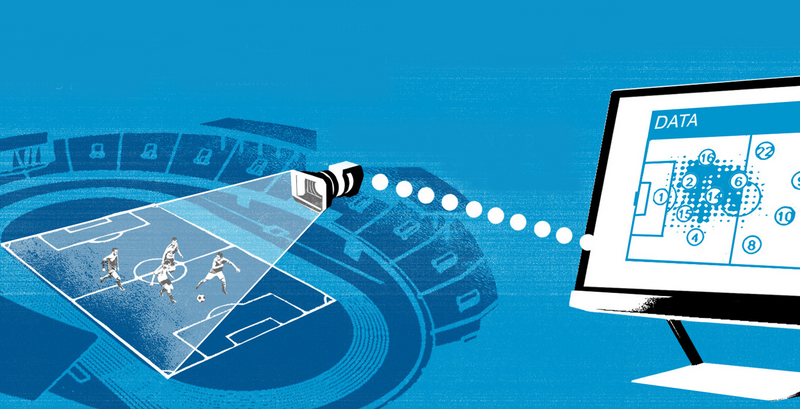Electronic performance and Tracking Systems (EPTS), which include camera-based and wearable technologies, are used to control and improve player and team performance.
EPTS primarily track player (and ball) positions but can also be used in combination with microelectromechanical devices (accelerometers, gyroscopes, etc.) and heart-rate monitors as well as other devices to measure load or physiological parameters.
There are three forms of physical tracking devices available on the market:
Optical-based camera systems
Benefits
Limited number of measurements
Tracking occlusions require manual corrections
Installation time
Limitations
Non-invasive to players
Commonly used in the football market
High sampling rate, ball tracking possible

Local positioning systems (LPS)
Benefits
High number of measurements possible
Accuracy of measured data in real-time
Ultra-wise band technology reduces chances of interferance in transmission path
Limitations
Fixed installation
Installation costs
Installation time
GPS/GNSS systems
Benefits
High number of measurements possible
Short installation time
Operator not needed
Limitations
Device attached to player and device size are issues for matchday usage
Satellite signal line of sight in stadium
Accuracy concerns of measured data




